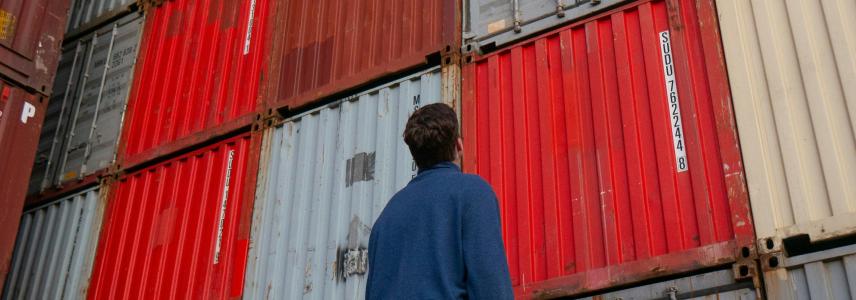How can apparel manufacturers respond to the trade tariffs?

In 2025, the United States of America (USA) introduced trade tariffs on almost every country in the world. The tariffs drive prices up, disrupt supply chains, and put pressure on producers' margins. High tariffs affect the global apparel trade. Many apparel manufacturers now search for alternative markets, but Europe is facing its own trade issues. What can apparel manufacturers do to protect their business?
What has changed in the tariffs?
In early 2025, US president Donald Trump introduced complex new import tariffs, starting with a universal 10% tariff. But shortly after, the USA confronted countries that have a trade surplus with the US with extra tariffs, such as:
- 40% for Laos (19 August 2025);
- 25% for Tunisia (19 August 2025);
- 20% for Bangladesh (19 August 2025); and
- 25% for India (19 August 2025), with possibly an additional 25% as a penalty for buying Russian oil.
Tariffs on goods from China reached 145% in April, after a brief period of mutual increases, and negotiations continue.
Recent tariff agreements
Meanwhile, the USA reached an agreement with the European Union (EU) in July 2025. The parties set a 15% import tariff on most EU goods, avoiding earlier threats of 30% (19 August 2025). A similar trade deal was set with Vietnam, lowering tariffs from 46% to 20% (19 August 2025).
Some apparel-producing countries experience more favourable tariff changes. Countries such as Egypt and Morocco have a trade deficit with the USA, so, they were only subject to the 10% universal base tariff introduced in April (19 August 2025).
Trade war
The effects of the trade war are becoming clear and are harmful to apparel manufacturers. Many countries responded to the higher US tariffs by imposing counter-tariffs, which together will lead to:
- Higher import costs;
- Higher consumer prices; and
- Lower demand.
China's total global exports already slowed in May. In March 2025, apparel container bookings to the USA went down by almost 60%. Economists predict the world economy will slow in 2025 due to the trade war.
What can apparel producers do?
Producers from countries with low trade tariffs on apparel products may view the trade war as an opportunity. For example, Bangladesh could benefit from the higher trade tariffs imposed on competing Asian export economies. The same goes for countries with lower tariffs, including Türkiye and Egypt. Importers will try to diversify their sourcing to these countries. Producers from China have been expanding their business in these countries and may further increase their efforts.
Producers from countries with high trade tariffs can adopt several strategies to deal with the higher US tariffs:
- Try to renegotiate contracts with US buyers to share tariff costs. For example, offer free shipping on large orders or discounts to keep your buyers loyal. Packaging and classifying your orders accurately is extra important to avoid customs penalties and delays. Communicate well with buyers about shipping times and price increases.
- Try to sell to European importers. Competition in this market is already strong, so investigate potential buyers well and study your unique selling points. Manufacturers should present a firm offer, but remember that selling goods too cheaply in Europe may trigger anti-dumping measures.
- Partner up with producers in countries with lower tariffs. Big apparel companies, including Adidas and H&M, have announced they will bring part of their production closer to the US market. In the long term, producers can reduce the negative impact of higher tariffs on profit margins by:
- investing in automation;
- improving efficiency; or
- focusing on higher-value products that yield higher profit margins. - Stay prepared for a new reality with much more uncertainty for global apparel trade. The tariffs are unlikely to go away.
Learn more
Would you like to learn more about exporting apparel to Europe? Read the following CBI studies:
• Tips for organising your apparel exports to Europe;
• Tips for doing business with European buyers.
FT Journalistiek wrote this news article in partnership with Giovanni Beatrice for CBI.
Stay informed
To stay informed on the latest developments in the apparel sector, subscribe to our newsletter.